
Helena Lapas, ‘One Step Beyond’, 1969–1974. Mixed media (embroidery and appliqués on jute fabric). Artist’s collection © Helena Lapas Photo: Museu da Tapeçaria de Portalegre – Guy Fino
The power with which we leap together
Women artists in Spain and Portugal, between dictatorship and democracy
IVAM, Valencia: 30 May to 29 September 2024
‘O poder com que saltamos juntas’ [The power with which we leap together] – the title taken from the book Novas Cartas Portuguesas (1972), by Maria Velho da Costa, Maria Isabel Barreno and Maria Teresa Horta – is the first exhibition to jointly research the work developed by women artists on the Iberian Peninsula between the final phase of the dictatorships (early 1960s) and the first years of democracy (early 1980s) in Portugal and Spain.
Marked by authoritarian, repressive, traditionalist, Catholic regimes, under the leadership of two heads of state with ideologies very close to fascism, the histories of Portugal and Spain also reflected an extremely conservative view of women, above all as wives and mothers, deprived of legal rights and without access to opportunities for change.
Women artists on the Iberian Peninsula thus occupied a peripheral position, insofar as they were positioned in a marginal place of the art world in relation to men, as well as being geographically distant from the international art scene, enjoying little visibility and often working underground.
Bringing together works by 59 women artists, 29 Spanish and 30 Portuguese, this exhibition aims to show how these women – whether alone or collectively – rejected this experience of marginalisation and became agents of change, highlighting the great plurality of languages, themes and strategies they employed to survive in a world that was essentially male.

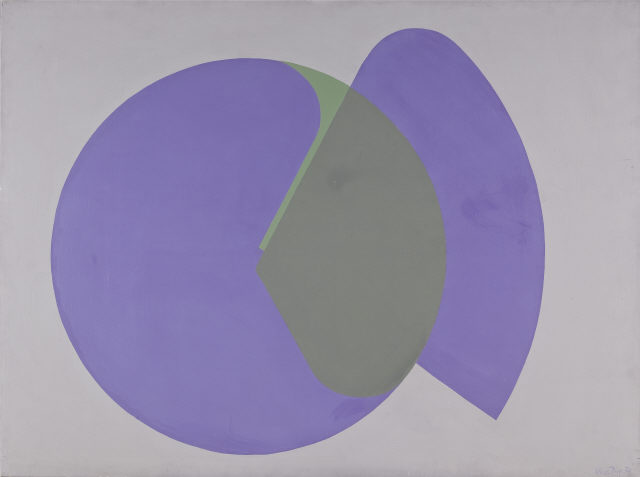
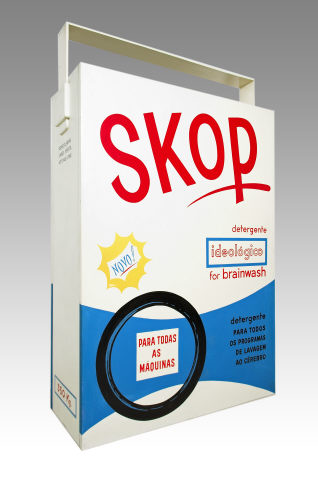






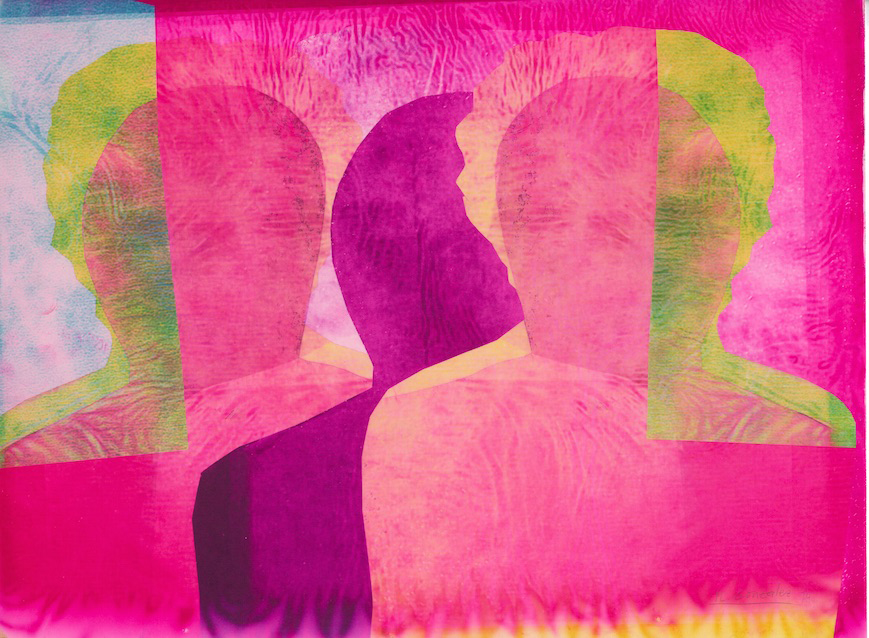
Although linguistic and cultural characteristics are shared and Portugal and Spain are very close in geographical terms, these countries maintained a significant distance in the field of visual arts during this period, as artists sought references mainly in the major artistic centres such as Paris, London and New York, to which they wanted to belong.
Between the 1960s and 1980s, however, there were several points of encounter and exchange between Spanish and Portuguese artists in both countries, many of which are unknown or have been forgotten by researchers or the public. This exhibition aims to recover and analyse these events, bringing to light the contacts and affinities that were developed.

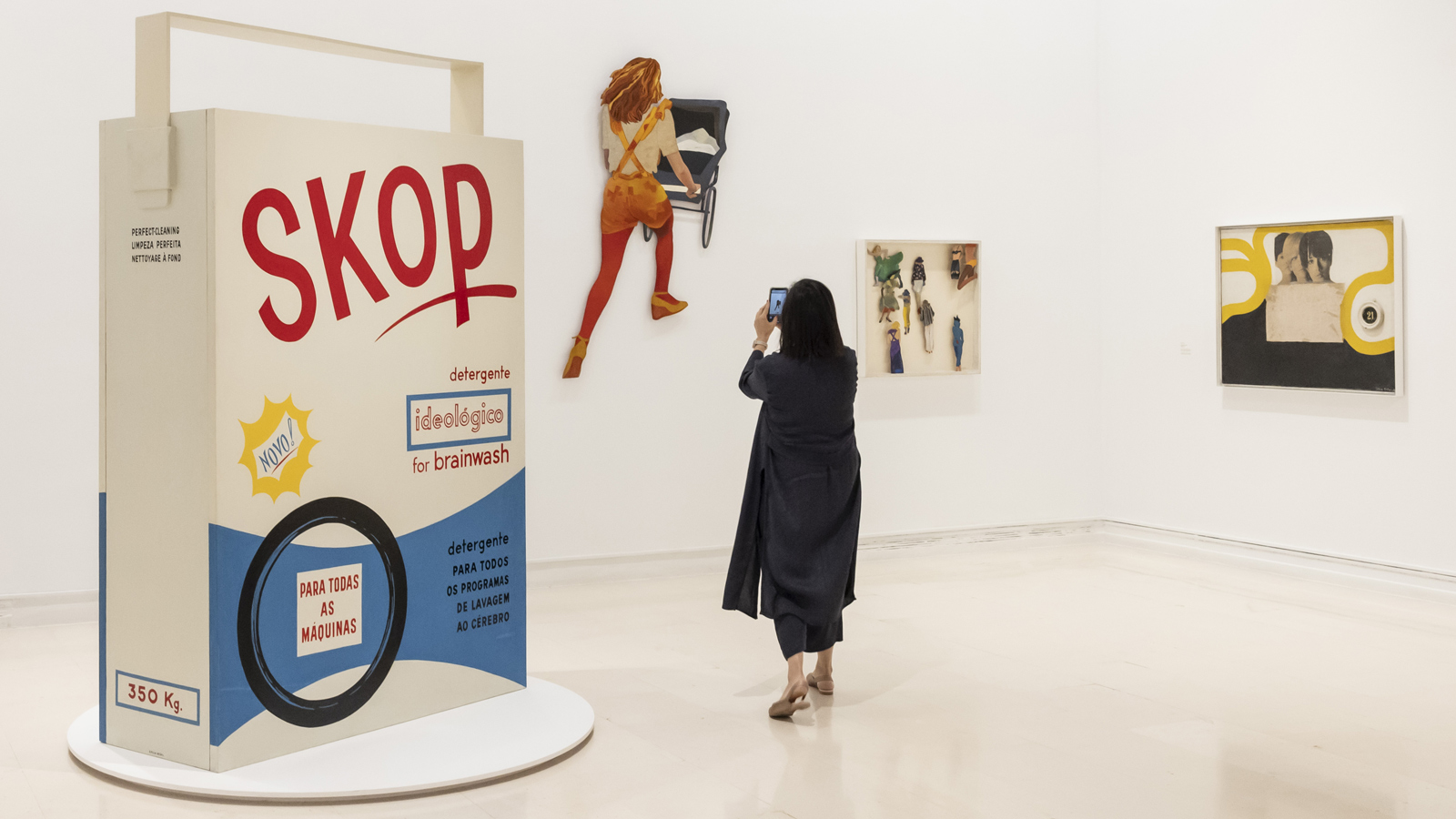

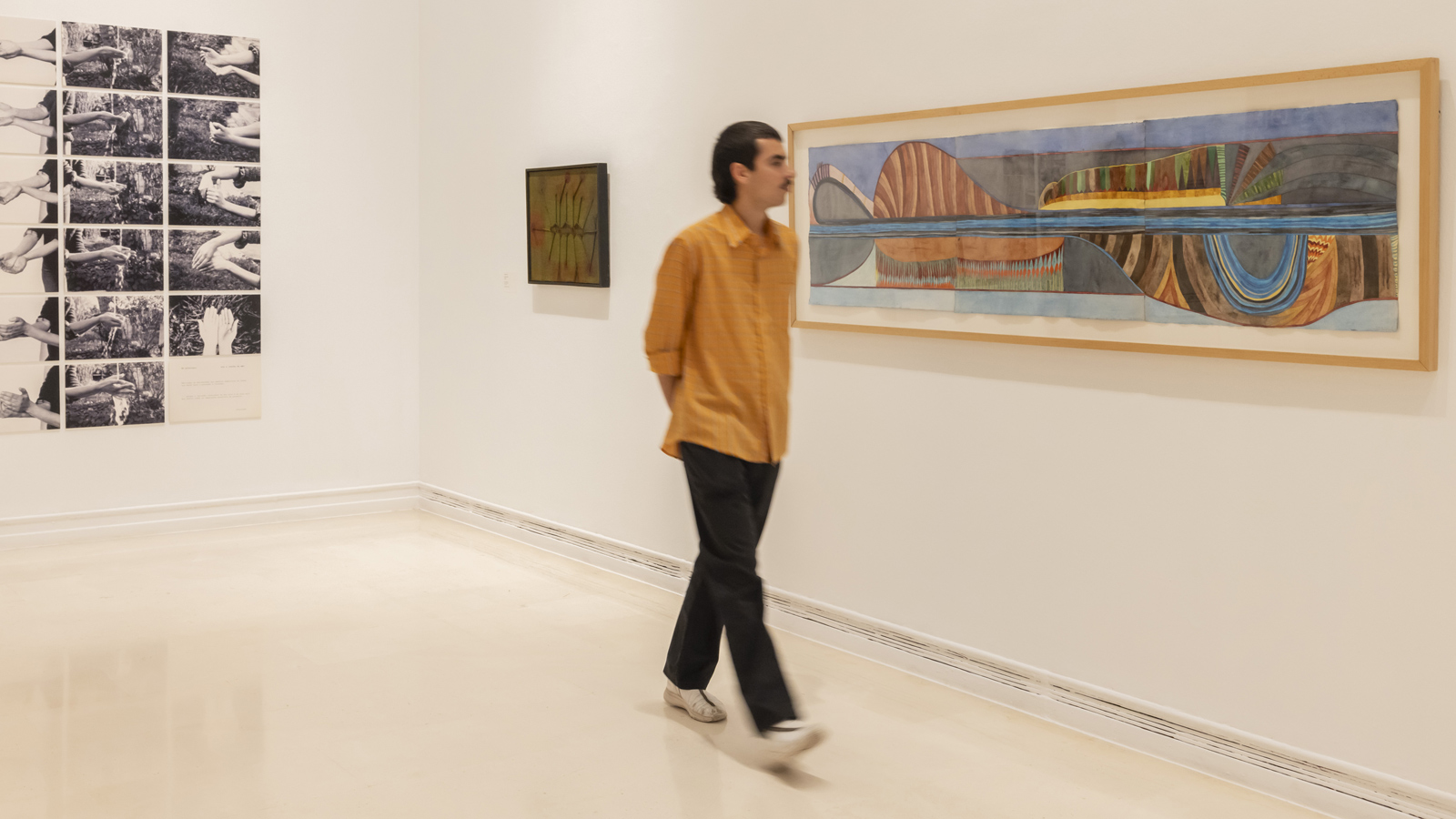



Curated by Giulia Lamoni and Patricia Mayayo, the exhibition features archival material and works of various types, not only from the CAM and IVAM collections, but also from the collections of other institutions – such as the Reina Sofia Museum, the Vostell Malpartida Museum in Cáceres, and the MACBA, among others – as well as from private collectors.
The exhibition will be accompanied by a publication.
Curators: Giulia Lamoni and Patricia Mayayo
Exhibiting artists
ES: Carme Aguadé, Elvira Alfageme, Elena Asins, Eugénia Balcells, Isabel Baquedano, Ana Buenaventura, Magda Bolumar, Maria Teresa Codina, Ángela García Codoñer, María Droc, Esther Ferrer, Teresa Gancedo, Marisa Gonzalez, Eulalia Grau, Silvia Gubern, Concha Jerez, Eva Lootz, Helena Lumbreras, Jane Millares Sall, Fina Miralles, Aurelia Muñoz, Isabel Oliver, Ana Peters, Angels Ribé, Elisenda Sala, Soledad Sevilla, Aurora Vallero, Juana Francés, Lola Bosshard
PT: Maria José Aguiar, Helena Almeida, Manuela Almeida, Maria Beatriz, Irene Buarque, Gracinda Candeias, Lourdes Castro, Luísa Correia Pereira, Renée Gagnon, Ana Hatherly, Alice Jorge, Helena Lapas, Bertina Lopes, Teresa Magalhães, Clara Menéres, Menez, Marina Mesquita, Elisabete Mileu, Graça Morais, Emília Nadal, Maria José Oliveira, Graça Pereira Coutinho, Ção Pestana, Paula Rego, Joana Rosa, Túlia Saldanha, Maria Antónia Siza, Salette Tavares, Fátima Vaz, Ana Vieira
Coproduced
Collaboration